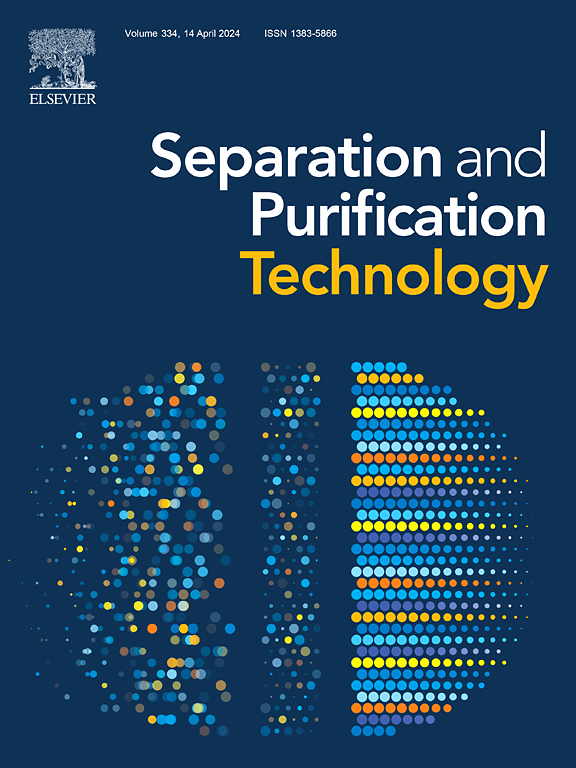A systematic entrainer screening and mechanism analysis method based on DFT for methanol/methyl propionate azeotrope separation
IF 8.1
1区 工程技术
Q1 ENGINEERING, CHEMICAL
引用次数: 0
Abstract
The choice of entrainer is crucial for extractive distillation in azeotrope separation. A good entrainer improves efficiency and reduces costs, but traditional experimental screening is time-consuming. Existing computer aided methods, like the σ-profile method, don’t explain the interaction mechanisms between the entrainer and azeotropes. This work proposes a systematic approach using density functional theory (DFT) to evaluate the interaction energy differences, select the optimal entrainer, and determine the separation sequence. The molecular mechanism was analyzed using energy decomposition, intermolecular surface penetration, interaction region indicator and domain analysis, atoms-in-molecules theory, and extended transition state-natural orbitals for chemical valence. The methanol (MeOH)/methyl propionate (MP) system was used as a case study. Among various entrainers, 1-Butyl-3-methylimidazolium Bis(trifluoromethylsulfonyl)imide ([BMIM][NTf2]) was found to the best. MeOH was first separated from the extraction column as a light component. Analysis showed that the interaction between [BMIM][NTf2] and the azeotrope was primarily dominated by hydrogen bonds with dispersion interactions. The new method was validated against experimental data and proved to be more effective than the σ-profile method.
求助全文
约1分钟内获得全文
求助全文
来源期刊

Separation and Purification Technology
工程技术-工程:化工
CiteScore
14.00
自引率
12.80%
发文量
2347
审稿时长
43 days
期刊介绍:
Separation and Purification Technology is a premier journal committed to sharing innovative methods for separation and purification in chemical and environmental engineering, encompassing both homogeneous solutions and heterogeneous mixtures. Our scope includes the separation and/or purification of liquids, vapors, and gases, as well as carbon capture and separation techniques. However, it's important to note that methods solely intended for analytical purposes are not within the scope of the journal. Additionally, disciplines such as soil science, polymer science, and metallurgy fall outside the purview of Separation and Purification Technology. Join us in advancing the field of separation and purification methods for sustainable solutions in chemical and environmental engineering.
 求助内容:
求助内容: 应助结果提醒方式:
应助结果提醒方式:


